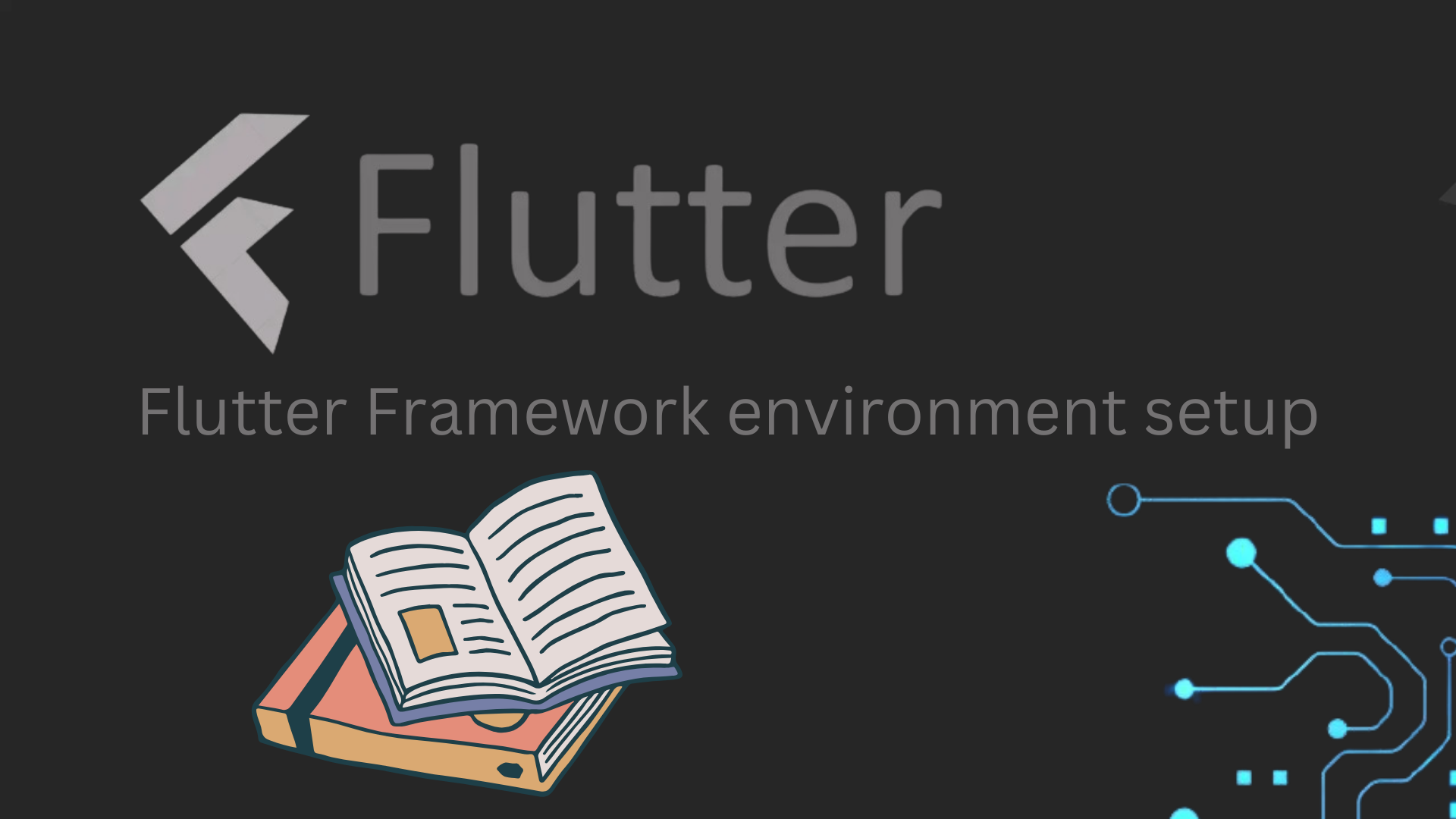Flutter Framework environment setup
 Jeet Bhalu
Jeet Bhalu
Flutter Framework environment setup :
Setting up the Flutter framework environment involves several steps. Here's a general guide to help you get started:
System Requirements:
Ensure your development machine meets Flutter's system requirements. Flutter supports Windows, macOS, and Linux.
Check Flutter's official documentation for the specific system requirements and any additional prerequisites.
Download Flutter SDK:
- Download the Flutter SDK from the official Flutter website: Flutter SDK.
Extract the Flutter SDK:
- Extract the downloaded Flutter SDK archive to a location on your machine.
Add Flutter to PATH:
Add the Flutter
bindirectory to your system PATH. This step allows you to use Flutter commands globally from any terminal window.On macOS and Linux, you can add the following line to your
.bashrcor.zshrcfile:export PATH="$PATH:/path/to/flutter/bin"On Windows, you can add the Flutter
bindirectory to the system environment variables.
Verify Flutter Installation:
- Open a terminal window and run
flutter doctor. This command checks your system for any necessary dependencies and provides guidance on how to resolve any issues.
- Open a terminal window and run
Install Flutter Plugins and Extensions:
- Install any necessary plugins or extensions for your preferred code editor or IDE. Popular choices include Visual Studio Code with the Flutter and Dart plugins, Android Studio, or IntelliJ IDEA.
Set Up Android Studio (Optional):
If you're developing for Android, you may want to install Android Studio and set up the Android development environment. Flutter uses Android SDK tools for building Android apps.
Ensure that you've installed the Android SDK and have set the
ANDROID_HOMEenvironment variable pointing to the SDK location.
Set Up iOS Development (macOS Only, Optional):
If you're developing for iOS, you'll need to set up Xcode, Apple's IDE for iOS development.
Install Xcode from the Mac App Store.
Ensure you've installed the necessary Xcode command-line tools by running
sudo xcode-select --switch /Applications/Xcode.app/Contents/Developerin the terminal.
Create a New Flutter Project:
Once everything is set up, you can create a new Flutter project by running
flutter create <project_name>in the terminal.Navigate to the project directory and start coding your Flutter app!
Subscribe to my newsletter
Read articles from Jeet Bhalu directly inside your inbox. Subscribe to the newsletter, and don't miss out.
Written by

Jeet Bhalu
Jeet Bhalu
i am Jeet Bhalu i am flutter App developer